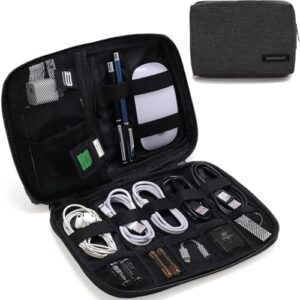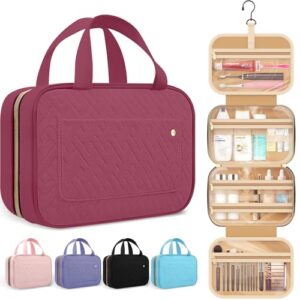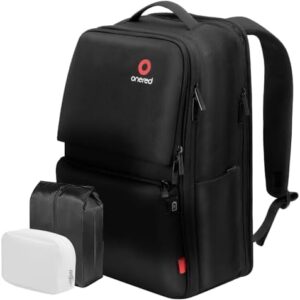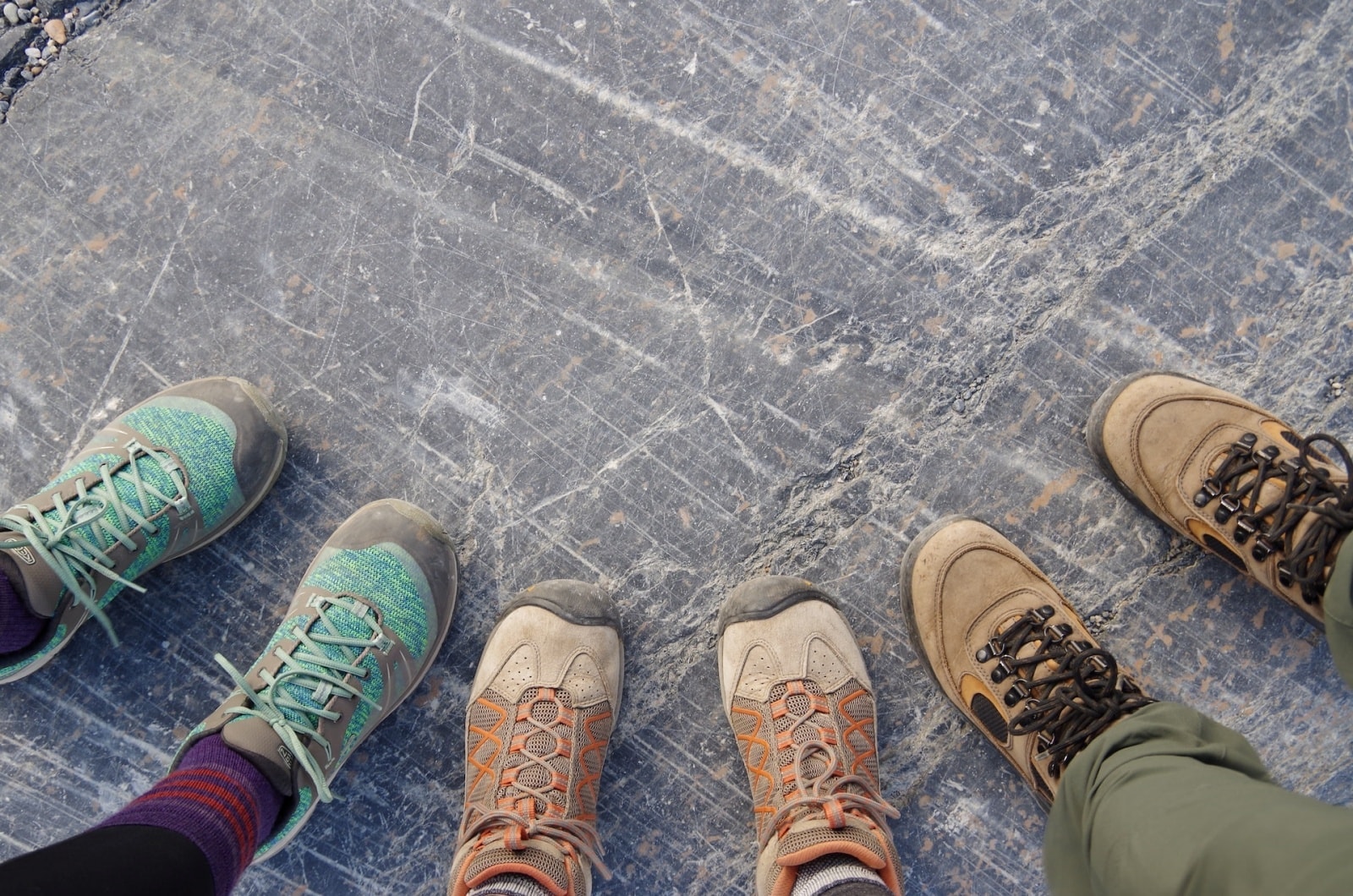
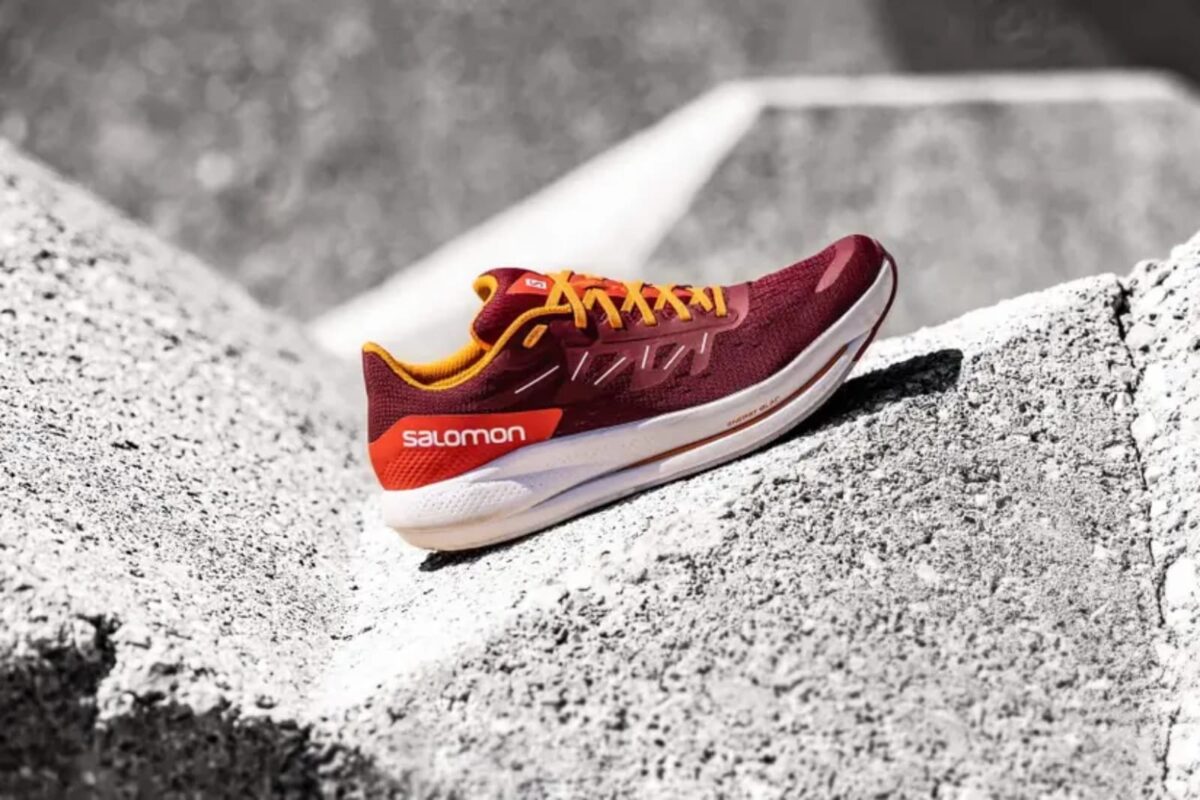

You will have noticed me mentioning trail running shoes here. Remember we said that they’re among the most lightweight hiking shoes out there? Well, that’s because this sort of footwear entered the market for the sole purpose of crossing rocky terrain and technical terrain at speed.
Now, before you start wincing at the thought of jogging to the top of Pikes Peak on an 84-degree August day, trail running shoes are not just good for running. Nowadays they are one of the best alternatives to hiking boots and hiking shoes on the market. In fact, trail runners are by far the most popular footwear option on the Appalachian Trail and other long thru-hike routes.
You see, they’re not just for the nut jobs that do up-and-backs to the Ben Nevis summit before their porridge oats in the morning. They’re for everyone and everything – casual day hiking, dedicated thru hikers, week-long hikes from pass to pass.
Let’s take a closer look at why trail runners are now being touted all over as some of the best hiking shoes. Period.
The Pros of Trail Runners
Cutting down on weight is a huge reason to go for a trail runner over a hiking boot. These nifty little numbers can clock up less than half a pound per foot. That’s marshmallow light. It’s like walking on clouds. You’ll be able to don a pair of these, walk 20 miles over 6,000 feet of vert gain, and not even remember that you’ve got footwear on. Seriously, I’ve done it.
Then there’s that comfort aspect – I told you we’d get to it! This is where trail running shoes have really started blowing most hiking shoes and hiking boots out of the water. They are cushioned, flexible, breathable, and just plain comfy.
Finally, most trail runners really excel when it comes to grip.
Go pick up a trail running shoe in the shop. Flip it over. Notice the ridiculously grippy outsole, invariably made up of thick lugs that can poke half an inch or more from the base. They’re almost always larger than the lugs on classic hiking boots and have been specifically designed to master uneven terrain, boulders, scree, and rocky ground, even while running.
Below are a few more ticks in the plus column for going the trail running route…
- Short break-in period – While many heavy mountaineering boots need months to feel comfortable, and some never do, a trail runner’s lightness means that it can sometimes feel like an extension of your leg after the first 10 miles.
- Hot weather conditions – The lightness of trail runners is often achieved by using mesh components and thin fabrics not seen on hiking boots. That makes these prime for keeping you cool throughout the day, from start to finish.
The Cons of Trail Runners
From all the above, it might seem like we’re zealous apologists for trail running. Like we’re going to knock on your door and ask if you have five minutes to discuss the newfound Order of Trail Running Folk, and if you don’t then woe to thee.
Not quite.
There are downsides to picking a trail runner over burlier hiking boots and shoes.
The most obvious one is that they lack support.
That’s sort of the point, though. These shoes are designed for moving quickly, so the focus is inevitably on lighter weight while sacrificing stiffer soles, rugged metal hardware, and solid ankle support.
There’s also a question mark over the ability of trail running shoes to manage wet conditions and cold conditions. They certainly can’t do that as well as thicker, heavy hiking boots, and often come with zero insulation.

